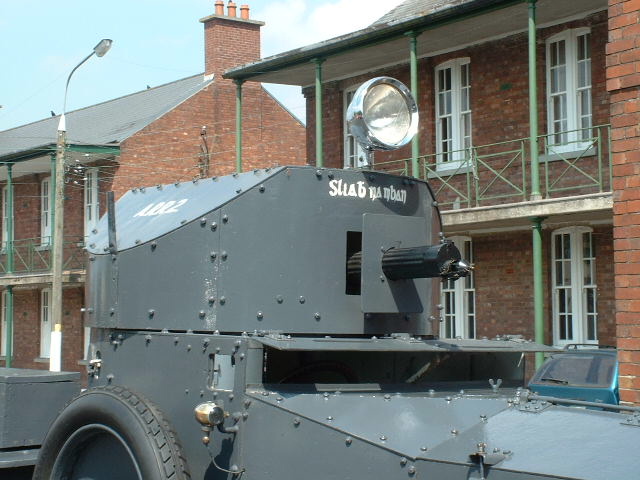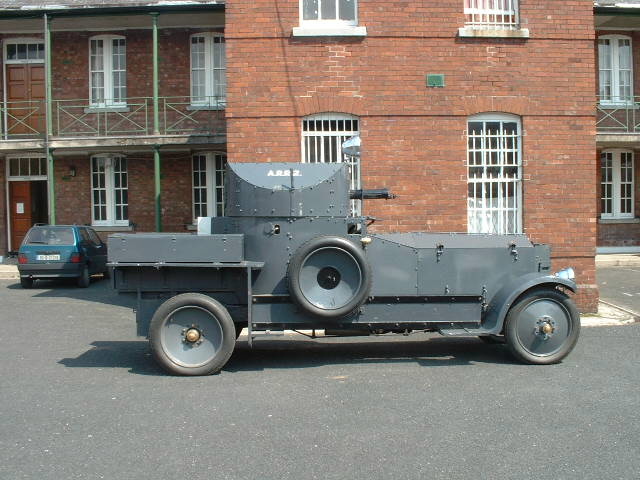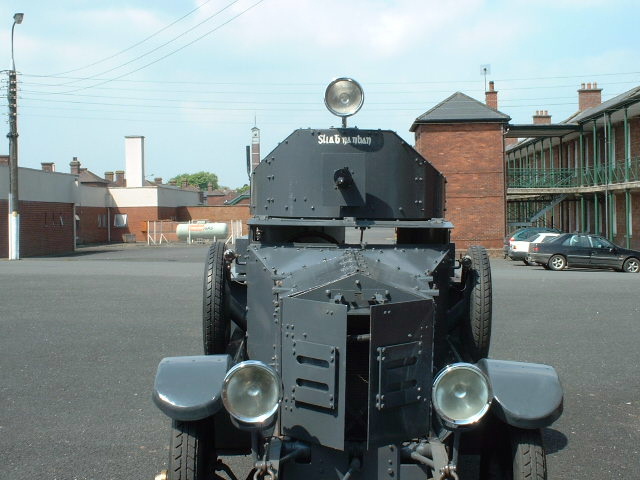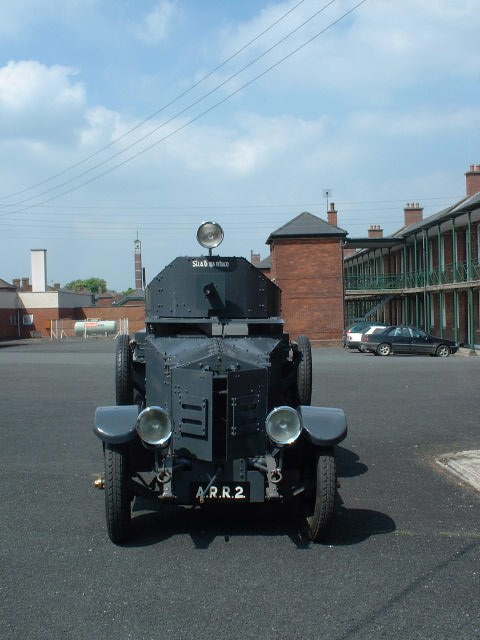Advertisement
If you have a new account but are having problems posting or verifying your account, please email us on hello@boards.ie for help. Thanks :)
Hello all! Please ensure that you are posting a new thread or question in the appropriate forum. The Feedback forum is overwhelmed with questions that are having to be moved elsewhere. If you need help to verify your account contact hello@boards.ie
Hi all,
Vanilla are planning an update to the site on April 24th (next Wednesday). It is a major PHP8 update which is expected to boost performance across the site. The site will be down from 7pm and it is expected to take about an hour to complete. We appreciate your patience during the update.
Thanks all.
Vanilla are planning an update to the site on April 24th (next Wednesday). It is a major PHP8 update which is expected to boost performance across the site. The site will be down from 7pm and it is expected to take about an hour to complete. We appreciate your patience during the update.
Thanks all.
Old Curragh Camp Pictures
-
23-11-2007 7:35pm#1The following link has a gallery of old photographs taken in the Curragh Military Camp. Spme dating from pre 1900, during the British time there and more recently pictures in Gallery no 6 of Civil War pictures in the Curragh. If you have any pictures suitable for the site please send them to web@curragh.info
To the Old Picture Gallery http://www.curragh.info/gallery.htm
To The Curragh Forum: http://curragh.proboards34.com/
Some of the pictures sent to the site recently.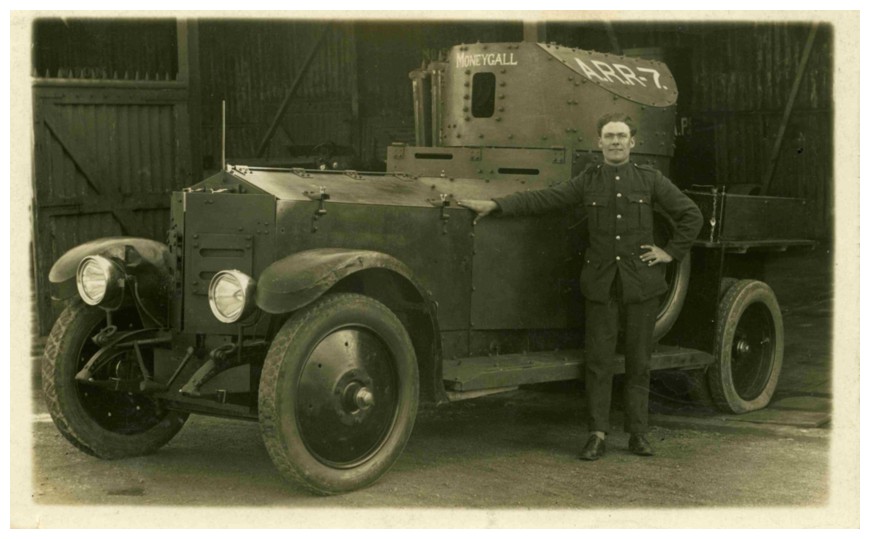

All the best
Uncle Fester0
Comments
-
ARR 2 "Sliabh na mBan"
Comet Tank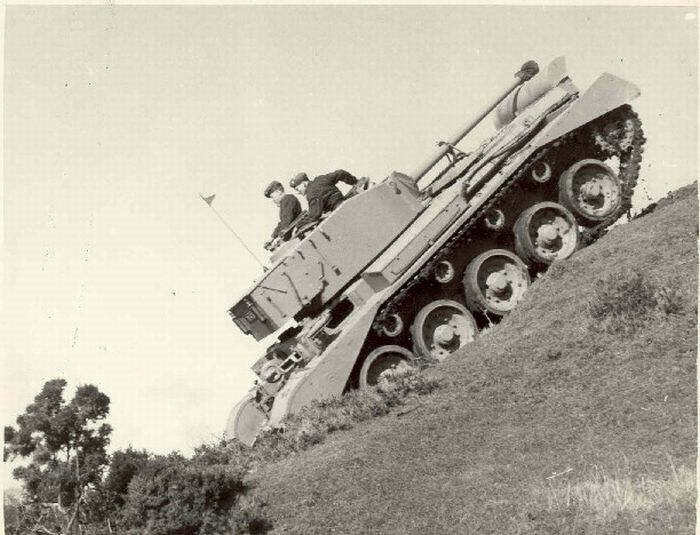 0
0 -
Great gallery, very interesting. I've always wondered one thing about the 'Sliab na mban' though, during the civil war it was clearly spelt as 'Slieve na Mon', and not in that fancy text, so why change it?0
-

The Army's Armoured Rolls-Royce No. 2 a.k.a. Sliabh na mban, now one of the Curragh's oldest residents, is the third of one hundred 1920 Pattern or Whippet Rolls-Royces ordered by the British Army at a cost of approximately £2,000 each and subsequently fitted with Royal Ordnance Factory armoured bodies. Their delivery date was November 21, 1920. Thirteen of these vehicles were handed over to the new Free State Provisional Government in the early months of 1922 and each one quickly received an unofficial name such as Slievenamon, The Baby, The Big Fella etc. The vehicle first saw action in O'Connell Street at the outbreak of the Civil War when, as one of three turreted cars and a lorry, it assisted in the clearance of various buildings taken over by the Irregular forces. Upon the subsequent fleet numbering of the armoured vehicles, Slievenamon was allocated A.R.R. 2. In mid August Slievenamon was allocated to General Michael Collins, just recently appointed by the Government to the post of Commander in-Chief of the rapidly expanding army, as escort vehicle during his tour of military positions in the south of the country. The convoy left Dublin on August 20, travelling to the Curragh, and then on to Limerick, Mallow and finally Cork City.
August 22, saw the vehicle 'n West cork, when the convoy was ambushed by Irregulars at Beal-na-Blath on the road between Bandon and Macroom. The machine-gun on the Rolls Royce controversially jammed and it consequently contributed little to the efforts of the escort detail in fighting off the ambushers. The sad, tragic outcome was the death from a head wound of General Collins. Slievenamon survived the danger filled return trip to Cork and was shipped back to Dublin on the following day in the SS Classic, The ship commandeered by the Army to carry general's body back to the capital. However, it was soon back in West Cork and was subsequently stolen in December from Bandon military post by the Anti-Treaty forces with the help of John MePeak,, the vehicle’s machine-gunner. His payment was an arranged secret return to his native Scotland. He was subsequently arrested there, returned to Ireland and imprisoned in Portlaoise.
The armoured car was used briefly by the irregulars in attacks on military posts in the Macroom area and then hidden under straw at farm near historic Gougane Barra. Some weeks later, following a tip-off, it was found by troops from Macroom who were assisted by group of officers attached to headquarters in Dublin. The tyres had been damaged and the Vickers machine-gun removed. Consequently it was necessary to tow the vehicle back to Macroom, initially by horse and then by truck. Incidentally, a certain Lt. James Fitzmaurice, subsequently to become famous as a transatlantic aviator, was also involved in the search, flying from Fermoy military airfield where he was Officer in charge. Whilst the recovery of Slievenamon was without fatality, one of the HQ officers, upon their return to Dublin, accidentally shot dead a mess steward during celebrations marking the successful outcome of their mission!
The 1930s saw the Rolls Royces return to the Curragh but without their various names. They were registered through Dublin Corporation in 1936 as YI 6449/61, and served with the First Armoured Squadron until replaced in 1937-38 by eight Swedish Landswerk armoured cars. However the arrival of the Emergency in 1939 saw the recall of the vehicles and they continued to serve with various units until 1945. Twelve were sold off in the nid 1950s without their armoured bodies. Fortunately, because of what it represented to late Paddy Lynch, then foreman of the cavalry workshops, A.R.R. 2 was retained a the Curragh, appearing for many years in Cavalry Corp records under the heading Scrap, whereas it was in reality in full working order being polished weekly by a workshop apprentice! As a sergeant, Paddy had set up the workshops in 1924. Prior to that, he had operated with the Rolls-Royces and he had also driven Michael Collins, then a Government Minister around Dublin in a Crossley Tender.
Although it made appearances in the 1959 film Shake Hands with the Devil (a story of the Troubles, starring the American actor James Cagney and coincidentally Produced by retired General Emmet Dalton, beside whom Michael Collins had actuary died) and RTEs 1966 Insurrection, A.R.R. 2 was not normal seen by the general public until the 1970s when the growth in both the vintage vehicle movement and the Irish film industry brought an ever increasing number of appearance requests to the Department of Defence. Perhaps the Most notable of these was its very Moving recreation of it’s original role of August 22, 1922 in the 1987-8 making RTEs semi-documentary film The Shadnow of Beal-na-Blath, when it was appropriately driven by Pat Lynch, son of the late Paddy.
Current records indicate that Sliabh na tnban (note the name change) is one of only two complete original Rolls-Royce armoured cars to survive. The other has been retained by the British Army in the massive Bovington Tank Museum , in Dorset, and was allocated to Queen Elizabeth II as internal transport during a recent visit. Incidentally, some of the other 12 chassis units have found their way abroad over the years and one has recently been fully restored in England as A.R.R. 1. Although very much alone in the 1950s, today Sliabh na mBan presides over a fine fleet of about 15 preserved Cavalry Corps vehicles, many of which are extremely rare, if not unique. It is to be sincerely hoped that the general public will, before too long, have an ongoing opportunity to view this collection in its entirety. 0
0 -
I remember that place when i was small, they use to do this christmas party in the hall, There was lots of free drink and food, and all the familys got together. There was presents and good craic. And we got to get in the armour cars with my dads mates.

Good oul days...0 -
Do you have a photograph of Paddy Lynch ?
I have a number of good quality photographs taken in the Curragh of vehicles and staff and I would like to see if I could identify and of them.Uncle Fester wrote: » 0
0 -
Advertisement
-
There is a man in America writing a book about Irish Armour.
Does any body have good quality photos of armoured vehicles from the last 50 years.
I can take copies so that your photos are not out of you possession.
The Author will credit any photos used in his book.
Does any body remember a Roll Royce armoured car abandoned on the firing range in the Glen of Emaal Co Wicklow in the early 70s?
The turret was in place but the wheels were missing.Uncle Fester wrote: »
The Army's Armoured Rolls-Royce No. 2 a.k.a. Sliabh na mban, now one of the Curragh's oldest residents, is the third of one hundred 1920 Pattern or Whippet Rolls-Royces ordered by the British Army at a cost of approximately £2,000 each and subsequently fitted with Royal Ordnance Factory armoured bodies. Their delivery date was November 21, 1920. Thirteen of these vehicles were handed over to the new Free State Provisional Government in the early months of 1922 and each one quickly received an unofficial name such as Slievenamon, The Baby, The Big Fella etc. The vehicle first saw action in O'Connell Street at the outbreak of the Civil War when, as one of three turreted cars and a lorry, it assisted in the clearance of various buildings taken over by the Irregular forces. Upon the subsequent fleet numbering of the armoured vehicles, Slievenamon was allocated A.R.R. 2. In mid August Slievenamon was allocated to General Michael Collins, just recently appointed by the Government to the post of Commander in-Chief of the rapidly expanding army, as escort vehicle during his tour of military positions in the south of the country. The convoy left Dublin on August 20, travelling to the Curragh, and then on to Limerick, Mallow and finally Cork City.
August 22, saw the vehicle 'n West cork, when the convoy was ambushed by Irregulars at Beal-na-Blath on the road between Bandon and Macroom. The machine-gun on the Rolls Royce controversially jammed and it consequently contributed little to the efforts of the escort detail in fighting off the ambushers. The sad, tragic outcome was the death from a head wound of General Collins. Slievenamon survived the danger filled return trip to Cork and was shipped back to Dublin on the following day in the SS Classic, The ship commandeered by the Army to carry general's body back to the capital. However, it was soon back in West Cork and was subsequently stolen in December from Bandon military post by the Anti-Treaty forces with the help of John MePeak,, the vehicle’s machine-gunner. His payment was an arranged secret return to his native Scotland. He was subsequently arrested there, returned to Ireland and imprisoned in Portlaoise.
The armoured car was used briefly by the irregulars in attacks on military posts in the Macroom area and then hidden under straw at farm near historic Gougane Barra. Some weeks later, following a tip-off, it was found by troops from Macroom who were assisted by group of officers attached to headquarters in Dublin. The tyres had been damaged and the Vickers machine-gun removed. Consequently it was necessary to tow the vehicle back to Macroom, initially by horse and then by truck. Incidentally, a certain Lt. James Fitzmaurice, subsequently to become famous as a transatlantic aviator, was also involved in the search, flying from Fermoy military airfield where he was Officer in charge. Whilst the recovery of Slievenamon was without fatality, one of the HQ officers, upon their return to Dublin, accidentally shot dead a mess steward during celebrations marking the successful outcome of their mission!
The 1930s saw the Rolls Royces return to the Curragh but without their various names. They were registered through Dublin Corporation in 1936 as YI 6449/61, and served with the First Armoured Squadron until replaced in 1937-38 by eight Swedish Landswerk armoured cars. However the arrival of the Emergency in 1939 saw the recall of the vehicles and they continued to serve with various units until 1945. Twelve were sold off in the nid 1950s without their armoured bodies. Fortunately, because of what it represented to late Paddy Lynch, then foreman of the cavalry workshops, A.R.R. 2 was retained a the Curragh, appearing for many years in Cavalry Corp records under the heading Scrap, whereas it was in reality in full working order being polished weekly by a workshop apprentice! As a sergeant, Paddy had set up the workshops in 1924. Prior to that, he had operated with the Rolls-Royces and he had also driven Michael Collins, then a Government Minister around Dublin in a Crossley Tender.
Although it made appearances in the 1959 film Shake Hands with the Devil (a story of the Troubles, starring the American actor James Cagney and coincidentally Produced by retired General Emmet Dalton, beside whom Michael Collins had actuary died) and RTEs 1966 Insurrection, A.R.R. 2 was not normal seen by the general public until the 1970s when the growth in both the vintage vehicle movement and the Irish film industry brought an ever increasing number of appearance requests to the Department of Defence. Perhaps the Most notable of these was its very Moving recreation of it’s original role of August 22, 1922 in the 1987-8 making RTEs semi-documentary film The Shadnow of Beal-na-Blath, when it was appropriately driven by Pat Lynch, son of the late Paddy.
Current records indicate that Sliabh na tnban (note the name change) is one of only two complete original Rolls-Royce armoured cars to survive. The other has been retained by the British Army in the massive Bovington Tank Museum , in Dorset, and was allocated to Queen Elizabeth II as internal transport during a recent visit. Incidentally, some of the other 12 chassis units have found their way abroad over the years and one has recently been fully restored in England as A.R.R. 1. Although very much alone in the 1950s, today Sliabh na mBan presides over a fine fleet of about 15 preserved Cavalry Corps vehicles, many of which are extremely rare, if not unique. It is to be sincerely hoped that the general public will, before too long, have an ongoing opportunity to view this collection in its entirety. 0
0
Advertisement
